Solar energy is a clean, renewable, and increasingly affordable power source. Roof solar panels allow homeowners to harness the sun’s energy, reducing their reliance on traditional electricity sources and lowering their energy bills. In this guide, we’ll explore the fundamentals of roof solar panels and how they can benefit you.
Solar technology has come a long way in recent years. From the early days of bulky, expensive panels to the sleek, efficient designs of today, solar panels have evolved to become more accessible and cost-effective. As we move into 2025, advancements in materials, manufacturing processes, and energy storage solutions continue to shape the future of solar energy.
Understanding Solar Panels at a Glance
- Solar panels convert sunlight into electricity
- Different types of panels offer varying levels of efficiency and affordability
- Financial incentives and rebates can significantly reduce installation costs
- Proper installation and maintenance ensure optimal performance
- Solar technology continues to advance, making it more accessible and efficient
What Are Roof Solar Panels?
Roof solar panels, also known as photovoltaic (PV) panels, are devices installed on the roof of a building to capture sunlight and convert it into electricity. These panels are made up of individual solar cells that work together to generate clean, renewable energy for your home.
How Do Roof Solar Panels Work?
Solar panels work by harnessing the photovoltaic effect. When sunlight hits the solar cells, it excites the electrons within the cells, causing them to flow and generate an electric current. This direct current (DC) electricity is then converted into alternating current (AC) electricity by an inverter, making it suitable for use in your home or feeding back into the grid.
Types of Roof Solar Panels
Monocrystalline Panels: Efficiency and Aesthetics
Monocrystalline solar panels are made from single, high-purity silicon crystals. They are known for their high efficiency, typically ranging from 17% to 22%. These panels have a sleek, black appearance and are often preferred for their aesthetic appeal. However, they tend to be more expensive than other types of panels.
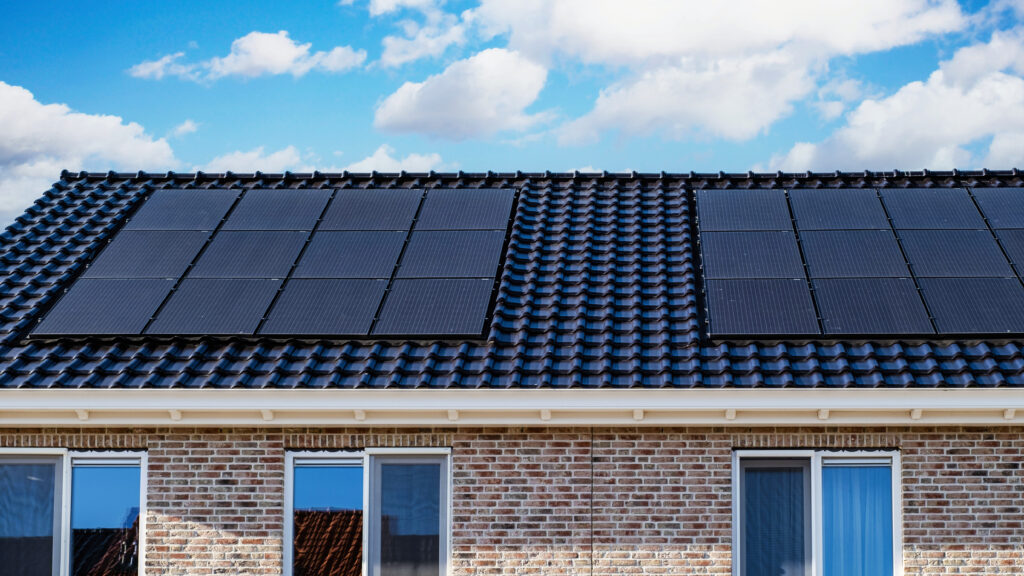
Polycrystalline Panels: Affordability Meets Performance
Polycrystalline solar panels are made from multiple silicon crystals melted together. While slightly less efficient than monocrystalline panels (typically 15% to 17%), they offer a more affordable option without compromising too much on performance. These panels have a distinctive blue, speckled appearance.
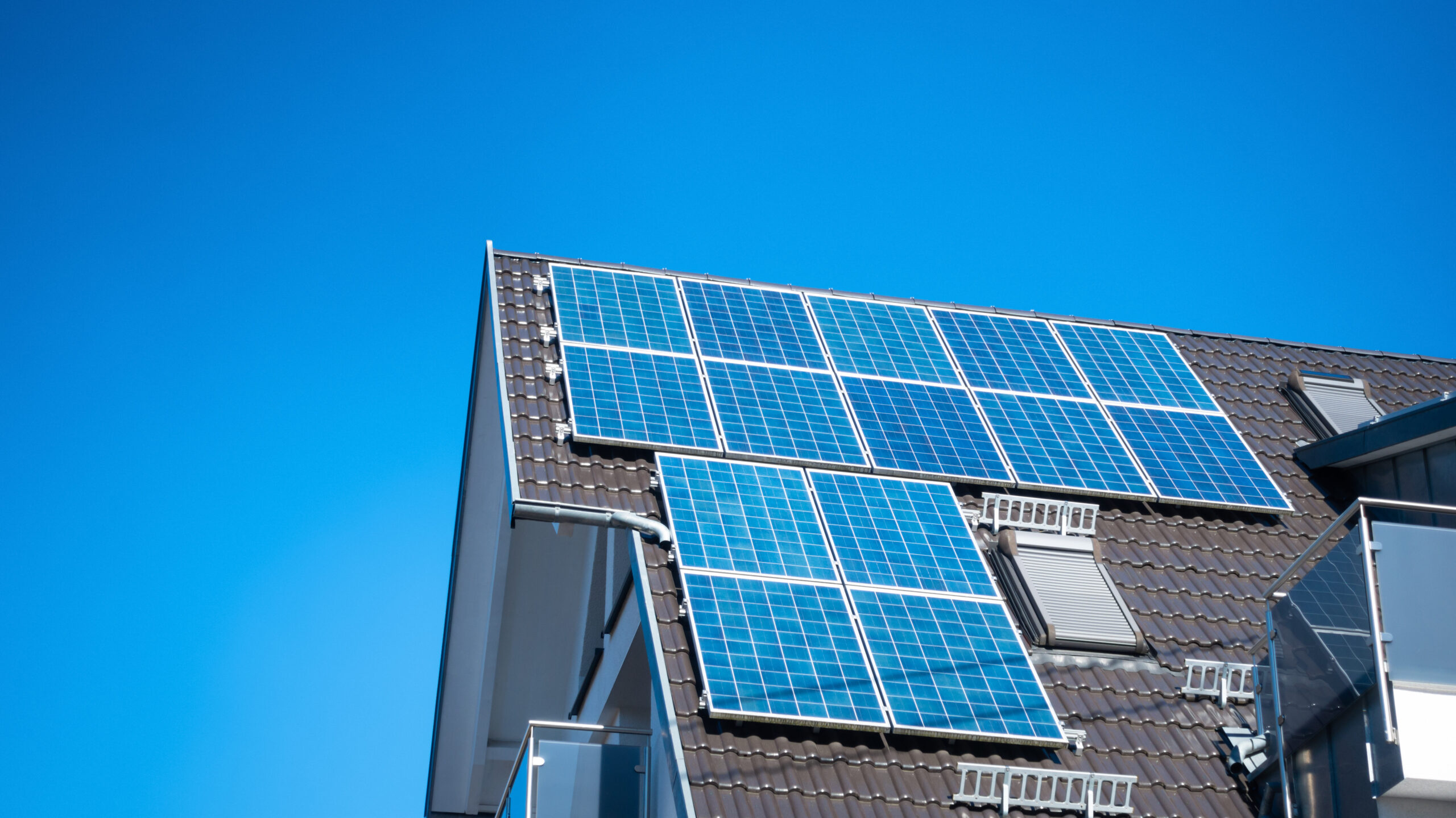
Thin-Film Panels: Flexibility for Modern Applications
Thin-film solar panels are made by depositing thin layers of photovoltaic material onto a substrate. They are the least efficient type of panel (typically 10% to 13%) but offer unique advantages. Thin-film panels are lightweight, flexible, and can be integrated into various surfaces, making them ideal for applications where traditional panels may not be suitable.
Cost and Financial Aspects
Breaking Down the Cost of Solar Panel Installation
Most of our customers don’t pay out of pocket for their solar panel installation. There are numerous financing options available that make going solar more affordable and accessible.
Financing your solar panel installation allows you to enjoy the benefits of clean, renewable energy without a large initial investment. Many financing plans offer low monthly payments that are often lower than your current electricity bills, enabling you to start saving money immediately.
Over the lifetime of your solar panel system, you can expect to save a significant amount on your energy expenses, making the initial cost of installation a worthwhile investment. Additionally, installing solar panels can potentially increase your property value.
With the right financing plan and long-term savings in mind, going solar is a smart financial decision.
Financial Incentives and Rebates for Solar Installation
To encourage the adoption of solar energy, governments and utility companies offer various financial incentives and rebates. These can include federal and state tax credits, grants, and performance-based incentives. Researching and taking advantage of these programs can significantly reduce the upfront cost of your solar panel installation.
Planning Your Solar Panel Installation
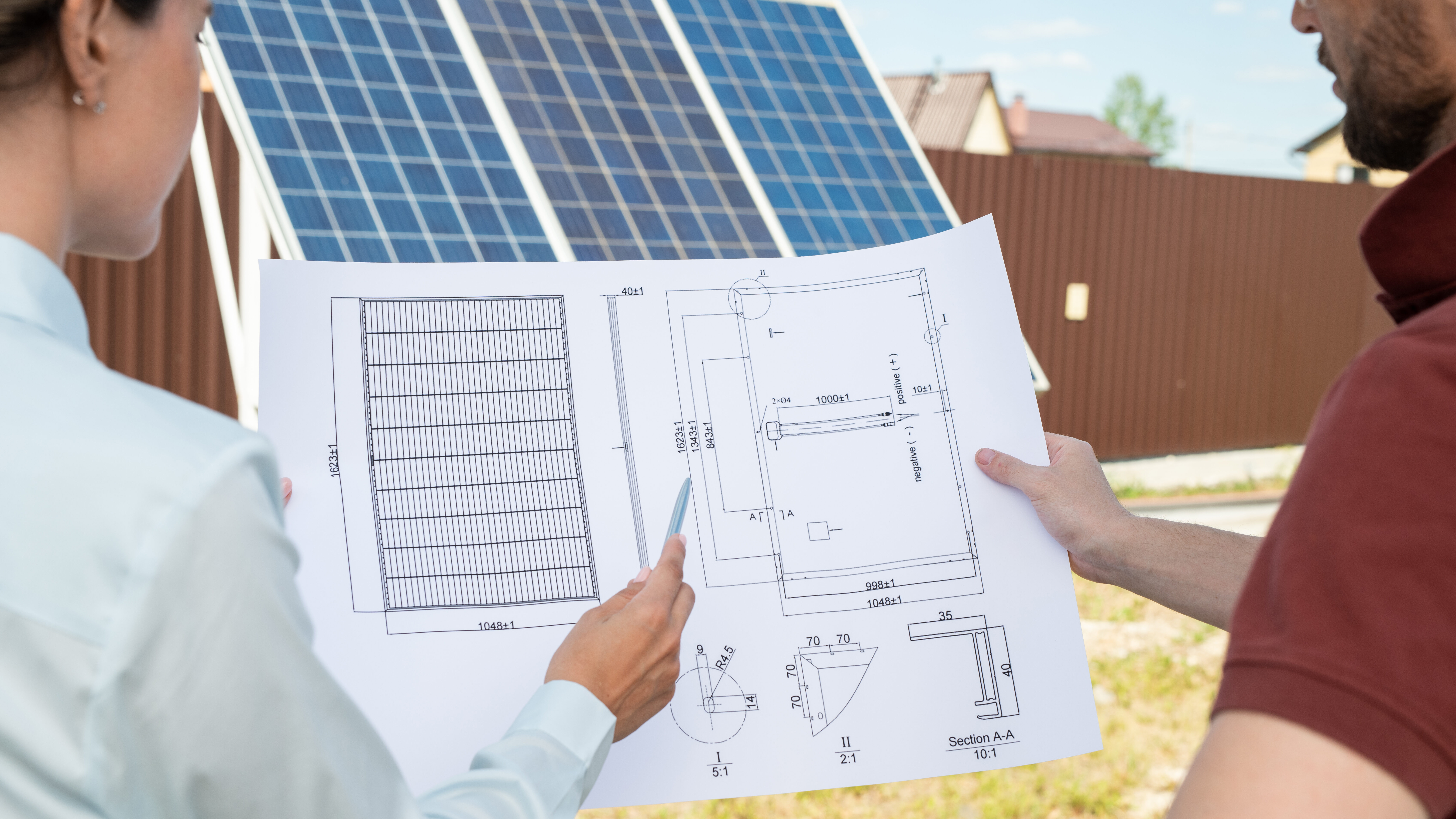
Installing solar panels involves several key steps:
- Assess your energy needs and determine the appropriate system size
- Choose the right type of solar panels for your home
- Select a reputable solar installer
- Obtain necessary permits and approvals
- Install the solar panels and inverter
- Connect the system to your electrical grid
- Commission and test the system
Choosing the Right Solar Installer for Your Home
Selecting a qualified and experienced solar installer is crucial for a successful installation. Look for installers who are licensed, insured, and have a proven track record of quality workmanship (Check out our reviews). Request quotes from multiple installers, read reviews, and ask for references to ensure you make an informed decision.
The Importance of Permitting and Approvals in Solar Installation
Before installing solar panels, it’s essential to obtain the necessary permits and approvals from your local authorities. This step should be handled by your chosen solar company. This may include building permits, electrical permits, and interconnection agreements with your utility company. Your solar installer should be familiar with the permitting process and assist you in navigating these requirements.
Regulatory and Legal Considerations: What You Need to Know
Solar energy is subject to various federal and state regulations. These may include net metering policies, interconnection standards, and renewable energy mandates. Understanding these regulations is crucial for ensuring compliance and maximizing the benefits of your solar panel system.
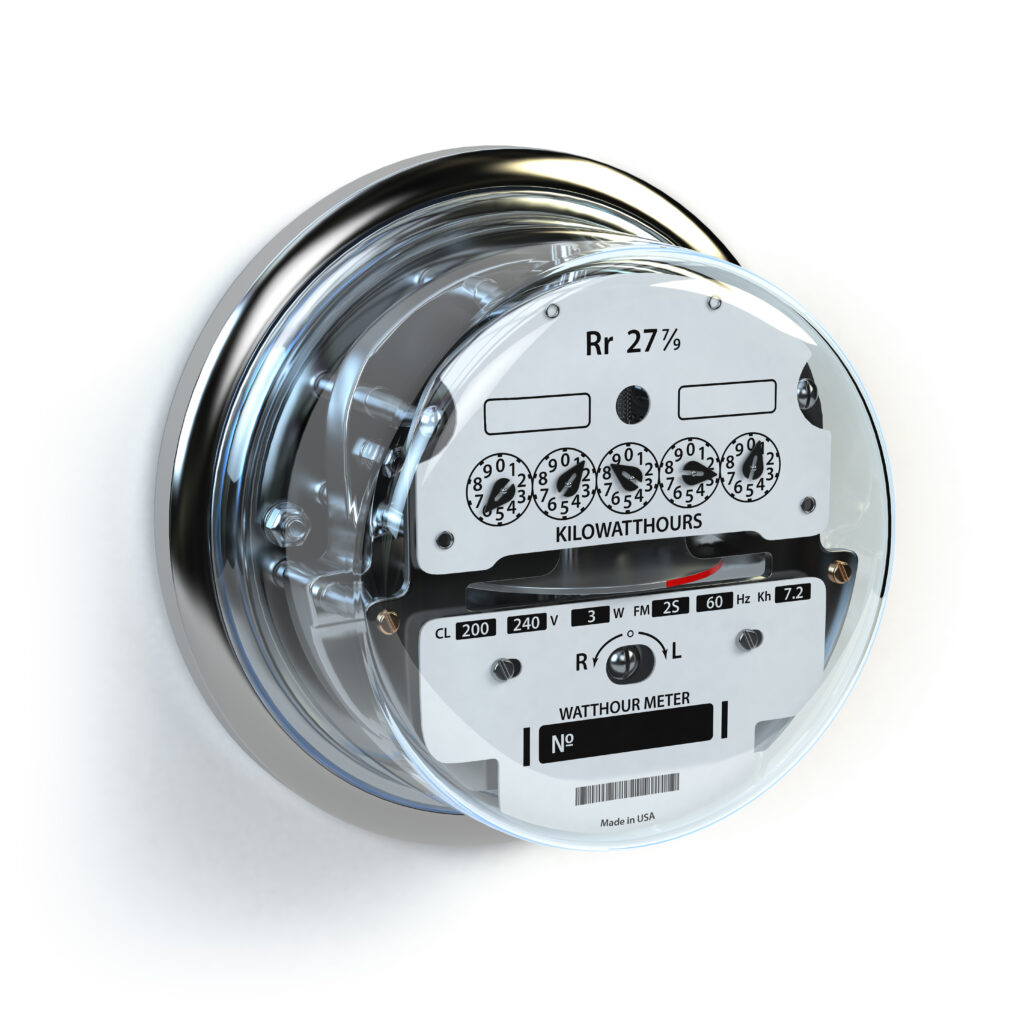
Navigating Homeowner Association Rules for Solar Panels
Some homeowner associations (HOAs) may have restrictions or guidelines regarding the installation of solar panels. However, many states have solar access laws that protect homeowners’ rights to install solar panels. It’s important to review your HOA’s rules and regulations and understand your rights before proceeding with installation.
Check out this great resource to find the HOA rules in your area! https://www.hoamanagement.com/hoa-state-laws/
Emerging Trends: Solar Energy and Beyond
The future of solar energy is exciting, with numerous emerging trends and innovations on the horizon. Some of these include:
- Floating solar farms on bodies of water
- Agrivoltaics, combining solar panels with agricultural land
- Solar-powered electric vehicles and charging stations
- Integration of solar energy with other renewable sources like wind and hydro
The Rise of Solar and Energy Storage Solutions
As solar energy becomes more prevalent, the need for efficient energy storage solutions grows. Battery storage systems allow homeowners to store excess solar energy generated during the day for use during peak demand periods or power outages. The combination of solar panels and energy storage is becoming increasingly popular, offering greater energy independence and resilience.
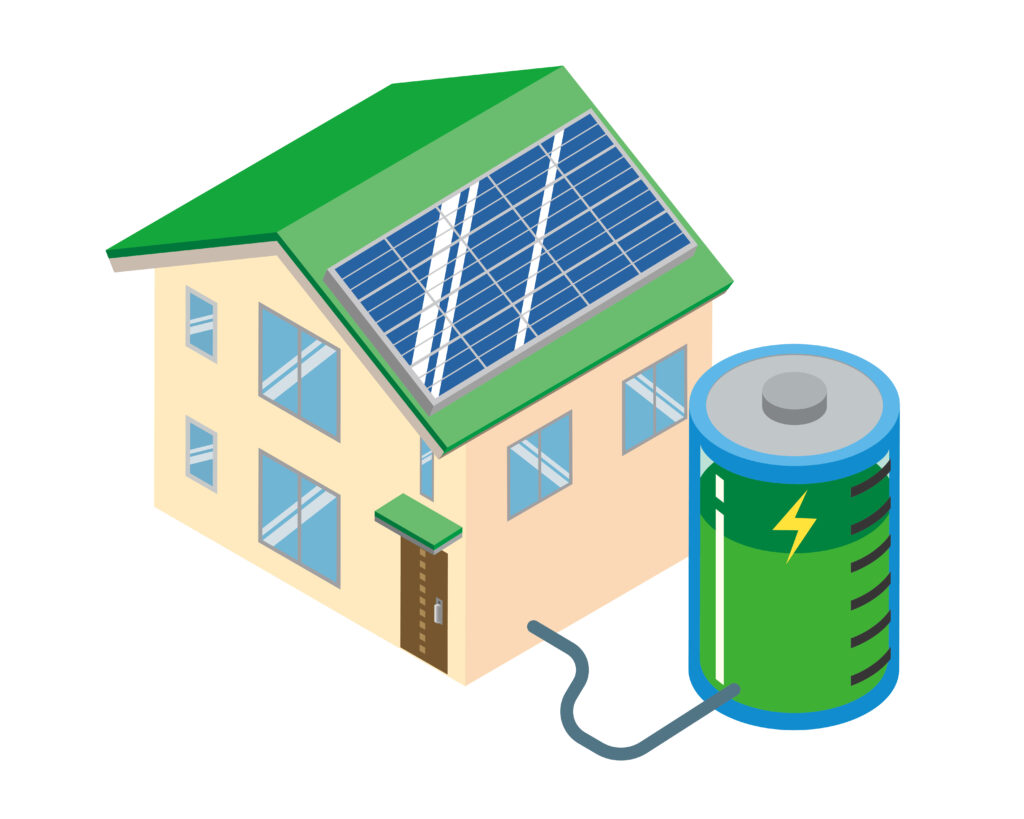
Environmental Impact of Roof Solar Panels
Solar energy is a clean, renewable power source that offers significant environmental benefits. By generating electricity from the sun, solar panels reduce reliance on fossil fuels, which are major contributors to greenhouse gas emissions and climate change. Over their lifetime, solar panels can significantly reduce a household’s carbon footprint.
Long-term Benefits: Solar Energy for a Sustainable Future
Adopting solar energy not only benefits individual households but also contributes to a more sustainable future for our planet. As more people switch to solar power, we can collectively reduce our dependence on finite resources, mitigate the impacts of climate change, and create a cleaner, greener world for generations to come.
Check out this resource for all the latest and greatest studies on the environmental effects of solar usage: https://www.energy.gov/eere/solar/solar-energy-wildlife-and-environment
The Latest Advances in Solar Panel Technology
Solar panel technology continues to evolve, bringing improvements in efficiency, durability, and aesthetics. Some of the latest advancements include:
- Bifacial solar panels that capture sunlight from both sides
- Perovskite solar cells that offer high efficiency and low production costs
- Solar shingles and tiles that integrate seamlessly with your roof
- Smart modules with built-in optimizers and monitoring capabilities
Understanding Efficiency Ratings and Their Impact
Solar panel efficiency refers to the percentage of sunlight that a panel can convert into electricity. Higher efficiency panels can generate more power in a smaller area, making them ideal for homes with limited roof space. However, they also tend to be more expe
High-Efficiency Solar Cells and Bifacial Panels
High-efficiency solar cells, such as those made from gallium arsenide (GaAs) or multi-junction materials, can achieve efficiencies above 30%. While more expensive than traditional silicon cells, they offer superior performance in a smaller footprint. Bifacial panels, which can capture sunlight from both the front and back, can increase energy production by up to 30% in certain conditions.
Maintenance and Longevity
Solar panels are relatively low-maintenance, but regular cleaning and inspections can help ensure optimal performance. Dust, dirt, and debris can accumulate on the panels, reducing their efficiency. Periodic cleaning, either by yourself or a professional service, can help maintain peak energy production. It’s also important to monitor your system’s performance and address any issues promptly.
The Expected Lifespan of Roof Solar Panels
Most solar panels are designed to last 25 to 30 years, with some high-quality panels even offering warranties up to 40 years. While the efficiency of panels may gradually decrease over time, they can still generate a significant amount of electricity throughout their lifespan. Proper maintenance and care can help extend the life of your solar panels and maximize your long-term savings.
Integration with Other Energy Solutions
Solar Panels and Smart Home Integration
Solar panels can be seamlessly integrated with smart home systems, allowing you to monitor and optimize your energy production and consumption. Smart inverters, energy management systems, and home automation platforms can work together to maximize the benefits of your solar installation. For example, you can program your smart appliances to run during peak solar production hours to take advantage of clean, affordable energy.
Incentives and Policy Support
Maximizing Savings with Solar Energy Incentives
Governments and utility companies offer various incentives to encourage the adoption of solar energy. These can include:
- Federal and state tax credits
- Grants and rebates
- Net metering programs that credit you for excess energy sent back to the grid
- Performance-based incentives that pay you based on your system’s energy production
Taking advantage of these incentives can significantly reduce the upfront cost of your solar panel installation and accelerate your return on investment.
Recent Legislative Actions Favoring Solar Energy Adoption
In recent years, many countries have implemented policies and legislation to support the growth of solar energy. For example, the United States extended its federal solar tax credit (ITC) through 2023, providing a 26% tax credit for residential and commercial solar installations. Other countries have set ambitious renewable energy targets, introduced feed-in tariffs, or mandated solar panel installation on new buildings. These actions demonstrate the growing commitment to solar energy worldwide.
Common Myths about Solar Panels
Despite the growing popularity of solar energy, there are still some common misconceptions that can deter people from adopting solar panels. Some of these myths include:
- Solar panels don’t work in cold or cloudy weather
- Solar panels are too expensive and not worth the investment
- Solar panels require constant maintenance and repairs
- Solar panels will damage your roof
It’s important to separate fact from fiction and understand that modern solar panels are designed to work efficiently in various weather conditions, offer significant long-term savings, require minimal maintenance, and can be installed without damaging your roof.
Solar Panels in Cloudy Weather: Separating Fact from Fiction
One of the most persistent myths about solar panels is that they don’t work well in cloudy or cold weather. While solar panels are most efficient in direct sunlight, they can still generate a significant amount of electricity on cloudy days. In fact, some solar panels are specifically designed to perform well in diffuse light conditions. Additionally, solar panels can actually work more efficiently in cooler temperatures, as excessive heat can reduce their performance.
Learnings Recap
Throughout this guide, we’ve covered a wide range of topics related to roof solar panels. Some of the key insights include:
- Solar panels offer a clean, renewable source of energy that can significantly reduce your electricity bills and carbon footprint.
- Different types of solar panels, such as monocrystalline, polycrystalline, and thin-film, offer varying levels of efficiency and affordability.
- Financial incentives, such as tax credits and rebates, can make solar panel installation more cost-effective.
- Proper installation and maintenance are crucial for ensuring optimal performance and longevity of your solar panels.
- Solar energy technology continues to advance, with innovations in efficiency, durability, and integration with other energy solutions.
- Solar panels can be seamlessly integrated with smart home systems and other renewable energy sources for a more comprehensive energy solution.
- Common misconceptions about solar panels, such as their performance in cloudy weather or potential roof damage, are often unfounded.
Embracing Solar: Making the Switch to a Sustainable Future
As we’ve seen throughout this guide, roof solar panels offer a compelling solution for homeowners looking to reduce their energy costs, minimize their environmental impact, and contribute to a more sustainable future. By harnessing the power of the sun, you can generate clean, renewable electricity right from your own rooftop.
While the initial investment in solar panels may seem significant, the long-term benefits are undeniable. With the potential for substantial savings on your electricity bills, increased home value, and the satisfaction of knowing you’re making a positive impact on the environment, the decision to go solar is one that pays off in more ways than one.
As solar technology continues to advance and become more accessible, there has never been a better time to embrace solar energy. By educating yourself about the options available, understanding the installation process, and taking advantage of financial incentives, you can confidently make the switch to solar and join the growing movement towards a cleaner, greener future.
Whether you’re a homeowner looking to save money, an environmentalist seeking to reduce your carbon footprint, or simply someone who wants to embrace the latest in renewable energy technology, roof solar panels are a smart, sustainable choice. By making the switch to solar, you’re not only investing in your own future but also contributing to a brighter, more sustainable world for generations to come.






